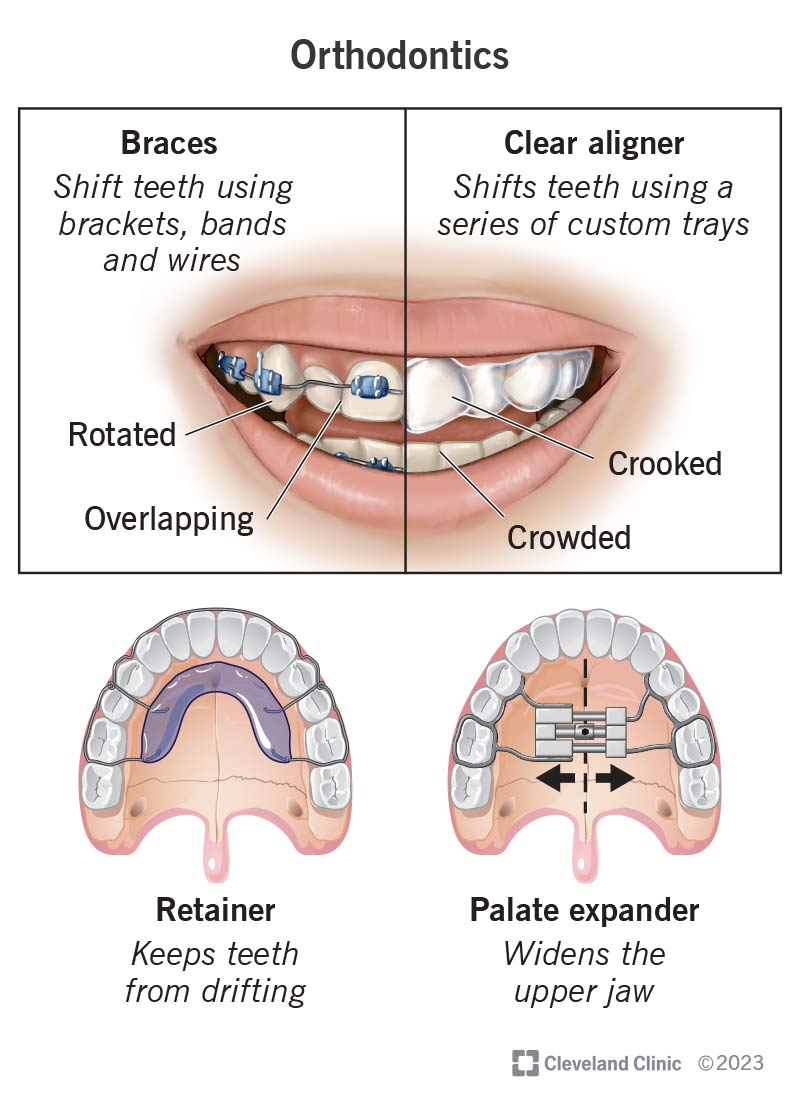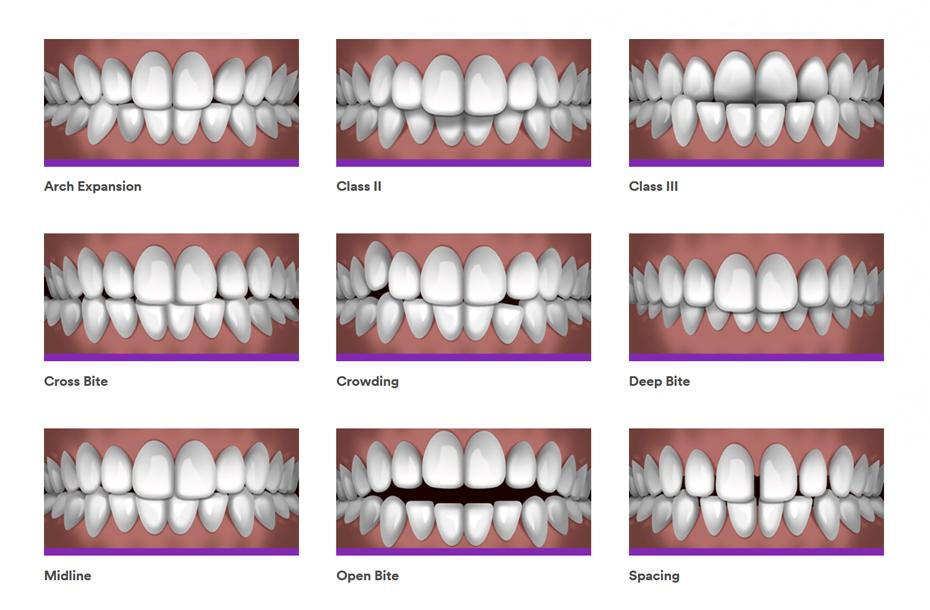Causey Orthodontics Things To Know Before You Buy
Table of ContentsWhat Does Causey Orthodontics Do?Facts About Causey Orthodontics UncoveredUnknown Facts About Causey OrthodonticsSome Known Questions About Causey Orthodontics.Examine This Report about Causey Orthodontics
Neglecting occlusal connections, it was typical to get rid of teeth for a variety of oral problems, such as malalignment or overcrowding. The idea of an intact teeth was not widely valued in those days, making bite connections seem unnecessary. In the late 1800s, the idea of occlusion was essential for developing reliable prosthetic substitute teeth.As these concepts of prosthetic occlusion proceeded, it ended up being an indispensable tool for dental care. It was in 1890 that the work and influence of Dr. Edwards H. Angle began to be really felt, with his contribution to contemporary orthodontics specifically notable. Focused on prosthodontics, he educated in Pennsylvania and Minnesota before guiding his interest in the direction of dental occlusion and the treatments needed to preserve it as a regular condition, thus ending up being recognized as the "father of contemporary orthodontics".

The principle of suitable occlusion, as proposed by Angle and integrated into a category system, allowed a shift in the direction of dealing with malocclusion, which is any type of variance from normal occlusion. Having a complete set of teeth on both arches was very searched for in orthodontic treatment as a result of the requirement for exact partnerships between them.
The Main Principles Of Causey Orthodontics
As occlusion ended up being the vital concern, facial percentages and aesthetic appeals were neglected - family orthodontics. To accomplish perfect occlusals without utilizing outside pressures, Angle proposed that having excellent occlusion was the very best method to obtain optimum facial appearances. With the passing of time, it ended up being fairly evident that even an extraordinary occlusion was not ideal when taken into consideration from an aesthetic viewpoint
It ended up being apparent that orthodontic therapy could adjust mandibular development, resulting in the formation of functional jaw orthopedics in Europe and extraoral pressure actions in the United States. Nowadays, both useful home appliances and extraoral devices are applied around the world with the goal of changing growth patterns and forms. Subsequently, seeking true, or at least improved, jaw partnerships had actually ended up being the main objective of therapy by the mid-20th century.
The Buzz on Causey Orthodontics
 Until the mid-1970s, braces were made by covering metal around each tooth. https://www.horticulturaljobs.com/employers/3216692-causey-orthodontics., it became possible to instead bond steel braces to the teeth.
Until the mid-1970s, braces were made by covering metal around each tooth. https://www.horticulturaljobs.com/employers/3216692-causey-orthodontics., it became possible to instead bond steel braces to the teeth.Andrews offered an insightful definition of the suitable occlusion in irreversible teeth. This has actually had meaningful effects on orthodontic treatments that are provided regularly, and these are: 1. Correct interarchal connections 2. Appropriate crown angulation (idea) 3. Right crown disposition (torque) 4. No turnings 5. Tight get in touch with factors 6. Apartment Contour of Spee (0.02.5 mm), and based on these principles, he found a treatment system called the straight-wire home appliance system, or the pre-adjusted edgewise system.
The benefit of the layout exists in its brace and archwire combination, which requires only marginal cord flexing from the orthodontist or clinician (orthodontist expert). It's appropriately named after this feature: the angle of the slot and density of the brace base eventually determine where each tooth is positioned with little requirement for additional manipulation
What Does Causey Orthodontics Do?
Both of these systems employed the same brackets for each and every tooth and necessitated the flexing of an archwire in three airplanes for locating teeth in their preferred placements, with these bends dictating ultimate placements. When it involves orthodontic home appliances, they are separated into two kinds: removable and dealt with. Removable devices can be taken on and off by the individual as required.

Hence, mostly all modern set home appliances can be considered variants on this edgewise home appliance system. Early 20th-century orthodontist Edward Angle made a significant contribution to the globe of dental care. He created 4 distinct device systems that have been used as the basis for lots of orthodontic treatments today, preventing a few exemptions.
Some Known Details About Causey Orthodontics

The cord ended in a thread, and to relocate ahead, an adjustable nut was made use of, which permitted a boost in area. By ligation, each specific tooth was affixed to this large archwire (orthodontist expert). Due to its limited range of activity, Angle was incapable to achieve exact tooth placing with an E-arch
These tubes held a firm pin, which might be repositioned at each appointment in order to relocate them in location. Dubbed the "bone-growing appliance", this contraption was theorized to urge much healthier bone growth because of its capacity for moving pressure straight to the roots. Applying it proved bothersome in reality.